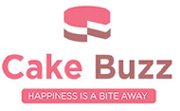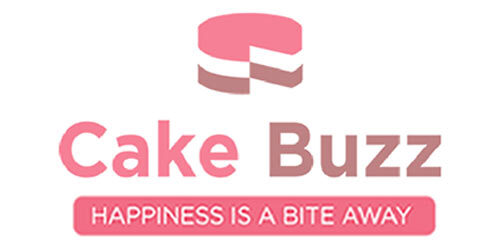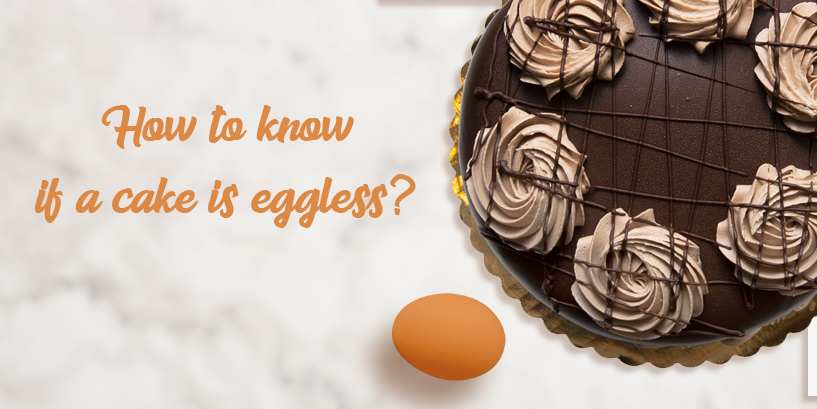Cakes have become a universal staple when it comes to celebrating an occasion, be it a birthday, anniversary, wedding, or even a promotion. There is rarely an occasion in which people get together and a cake is not cut. There are many flavors, shapes, and types of cakes. The cakes that we know of today originated from bread. Nowadays, they range from bread-like to elaborate ones that require hours of careful baking to get right.
Typical ingredients that go into a cake include flour, sugar, eggs, butter, milk, or another liquid, and a leavening agent. Bakers achieve flavors in a cake by adding fresh or candied fruits, dry fruits, nuts, cocoa, extracts like vanilla, and various other ingredients. People also use fruit preserves to fill a cake. Icing or frosting cakes with buttercream or other frosting help enhance the look of the cake, while also adding flavor to cake.
The binding agent in a cake is an egg. Eggs serve many purposes in cakes. That is why most cake recipes call for eggs in them. An egg has two components: the egg white and the yolk. Some cakes use only the yolk. Others use only white, and some others use both. This is because each component has a different purpose when used separately.
Eggs in general give the airy feel to a cake. Bakers usually incorporate eggs in different ways in a cake. They beat them separately, and then add butter and sugar. Or, they beat butter and sugar till fluffy and then add the eggs in. Either way, eggs help to fluff up the batter.
Egg whites can be used as a leavener, a base for confectionery items like marshmallows, a component in icing, and of course in meringue. Egg whites also make the baked goods lighter to the palette. Egg yolks add more flavor and color to baked goods, act as a thickening agent in both baked goods and custard treats. To make baked goods denser, more egg yolks are used.
Eggs harden on cooking, and they serve the same purpose when they are mixed into the cake batter. On heating in the oven, the eggs become firm. Eggs used in the batter thus helps in setting the structure of baked goods, be it cakes, cookies, custards, ice creams, or cheesecakes.
Though eggs have all these benefits, there are many who do not prefer to have eggs in their diet. Vegans, for example, exclude all animal by-products from their diet. Eggs are a known allergen, and some people are allergic to eggs. Some exclude eggs from their diet for health reasons, and others for religious reasons as well.
In a country like India, there are quite a few people who do not eat eggs as a religious practice. This is probably why not many Indian desserts use egg as an ingredient. Most Indian sweets and condiments, like gulab jamuns, jalebis and laddoos do not have eggs. Indian sweets are made with a variety of dry fruits and nuts with sugar syrup and powdered grains. Cakes found their way into India from the British times and gained widespread appeal.
There is no reason to exclude cakes just because a person is excluding eggs from their diet. There are a variety of rich egg-free cakes and cookies, brownies and bread available in the market today. Most bakeries take egg-free seriously and advertise this as well. There are a lot of home bakers whom you can instruct to give you an eggless cake when placing your order as well. Most bakers are well-versed in making eggless cakes. To achieve the same fluffiness in a cake recipe, many egg substitutes can be used. The most common substitutes for eggs are:
- Flax seeds combined with water
- Mashed bananas
- Potato starch
- Pureed fruits
- Curd
- Sour cream
Eggless cakes, when baked right, can be just as tasty as the ones that contain egg. That being said, eggless cakes contain more ingredients to replace eggs. The ingredients added to mimic the properties that an egg brings to a cake are not as cheap as an egg itself. This results in them being substantially more expensive to produce than those that contain eggs. This cost is passed on to the customer, and that is why you will find that eggless cakes are more expensive to buy when compared to the ones that contain eggs.
That being said, there are various ways to tell if a cake is eggless:
Ask:
The easiest way to tell if a cake is eggless or not is to ask. The person behind the counter who is going to sell you the cake will know for sure. Bakery staff are aware of what items on their menu can be baked as eggless options. The ones on display will usually clearly state if they are eggless or not. If you are ordering a cake, ask for an eggless one. At Cake Buzz, we offer eggless options at our store, and on our website. When choosing an eggless cake on our website, please check the box given.
This is also true in the case of home bakers; you will get a completely eggless cake when you order one. If you are at a party, ask the host if the cake being served is eggless.
Watch out for shine:
With many pastries and baked goods, bakers use egg wash to coat the pastry before baking. The egg wash gives the pastry or bun a signature sheen when it comes out of the oven. Cakes that are made with eggs will have a similar sheen that will not be there with eggless cakes. This is easy to tell only if the cake is not frosted. Ghee cakes, sponges, and other cakes without frosting are easy to identify in this way.
Cakes with Custard:
Custard is a commonly used filling in cakes. Egg yolks are one of the main ingredients that are used to make a good custard. A cake that has a custard filling will hence contain eggs. If you are looking for an eggless cake, avoid a cake with a custard filling.
Density:
Cakes that are eggless will be denser than a cake with eggs. Eggs are beaten until fluffy and soft before adding to cake batter. This makes the cake airy and light. It will be spongy to the touch and will bounce back when poked. This is because the air bubbles trapped in the beaten egg mixture will be present in the baked cake as well. Although egg substitutes achieve similar airiness, an eggless cake will not be as soft as the ones that contain eggs. Again, this is something that you can only tell once the cake has been cut into, and not everyone can tell the difference either.
There are some ingredients that bakers use to replace eggs that could make the cake dense- powdered biscuits, sauces, and so on. It is only with these that you can distinguish eggless cakes based on density.
Smell:
Most people who are used to an eggless diet can tell the difference between an eggless cake and a regular one by the smell. They say the ones with eggs will have a distinctive smell of egg that is hard to miss. This is also not a fool-proof method, as excessive amounts of frosting or edible decorations on the cake will mask the smell of egg and make it difficult to smell the difference.
The Symbol:
Look for the vegetarian symbol on the packaging. This is approved by the FSSAI. It is a green dot within a green or black box. The green dot shows that the product is 100% vegetarian. If the cake contains eggs, then the packaging will contain a red dot instead of green.
Sometimes, there is a difference in taste when there is no egg in the cake. However, with the flavors that are available in the market now, this is hardly a way to know if the cake is eggless. The best way to be sure that cakes meet your dietary requirements is to order the right cake. An established and trustworthy baker would make sure that the cake you receive meets your dietary requirements.
It is not just the cake, even the frosting could contain eggs. Swiss meringue buttercream usually contains egg whites. At Cake Buzz, our chefs check with you about your dietary requirements while taking your order. For an eggless cake, we use whipped cream for frosting and ganache. If you require a swiss meringue buttercream, then, we do have variants for the same. However, we would recommend whipped frosting for an eggless cake.



